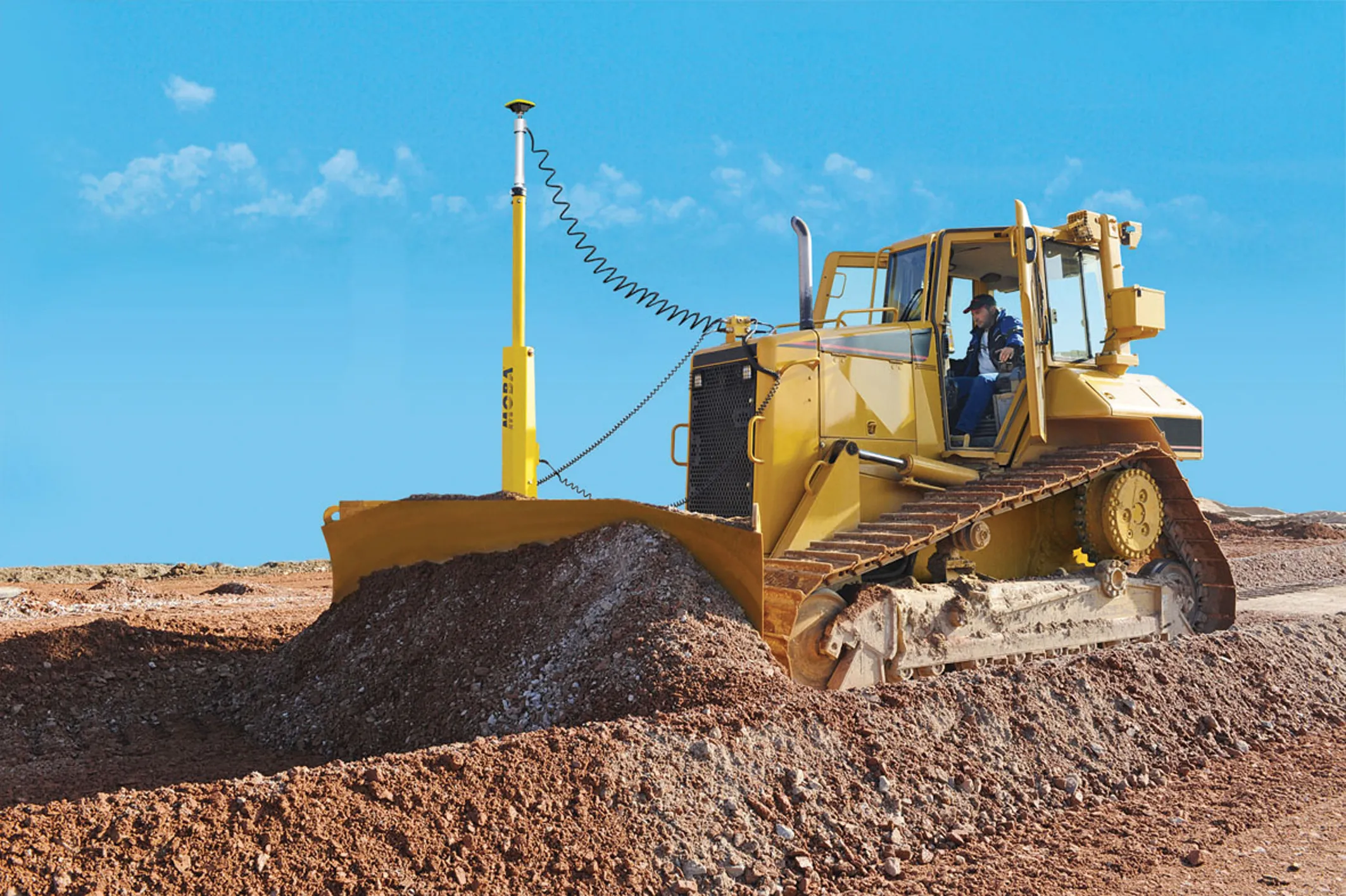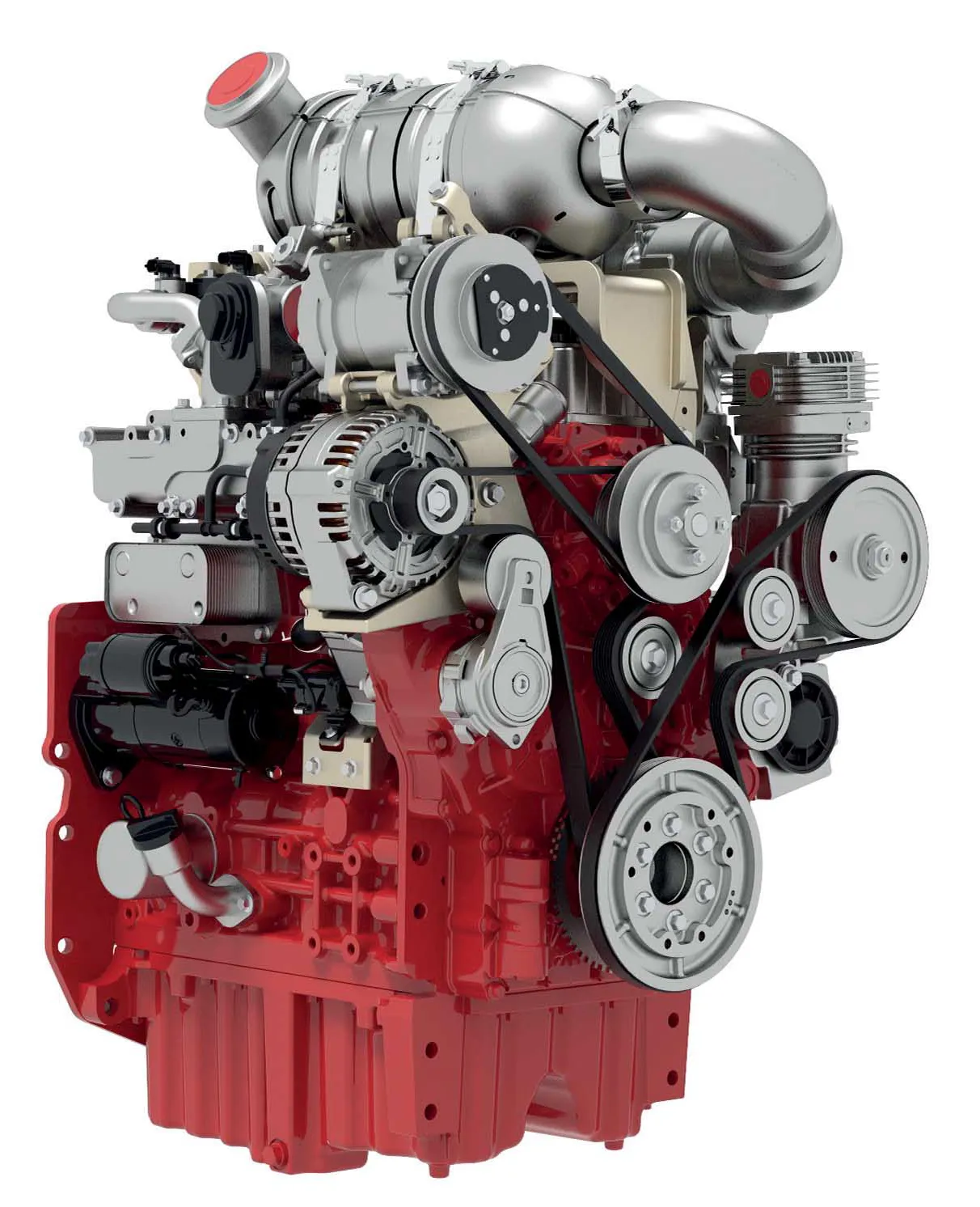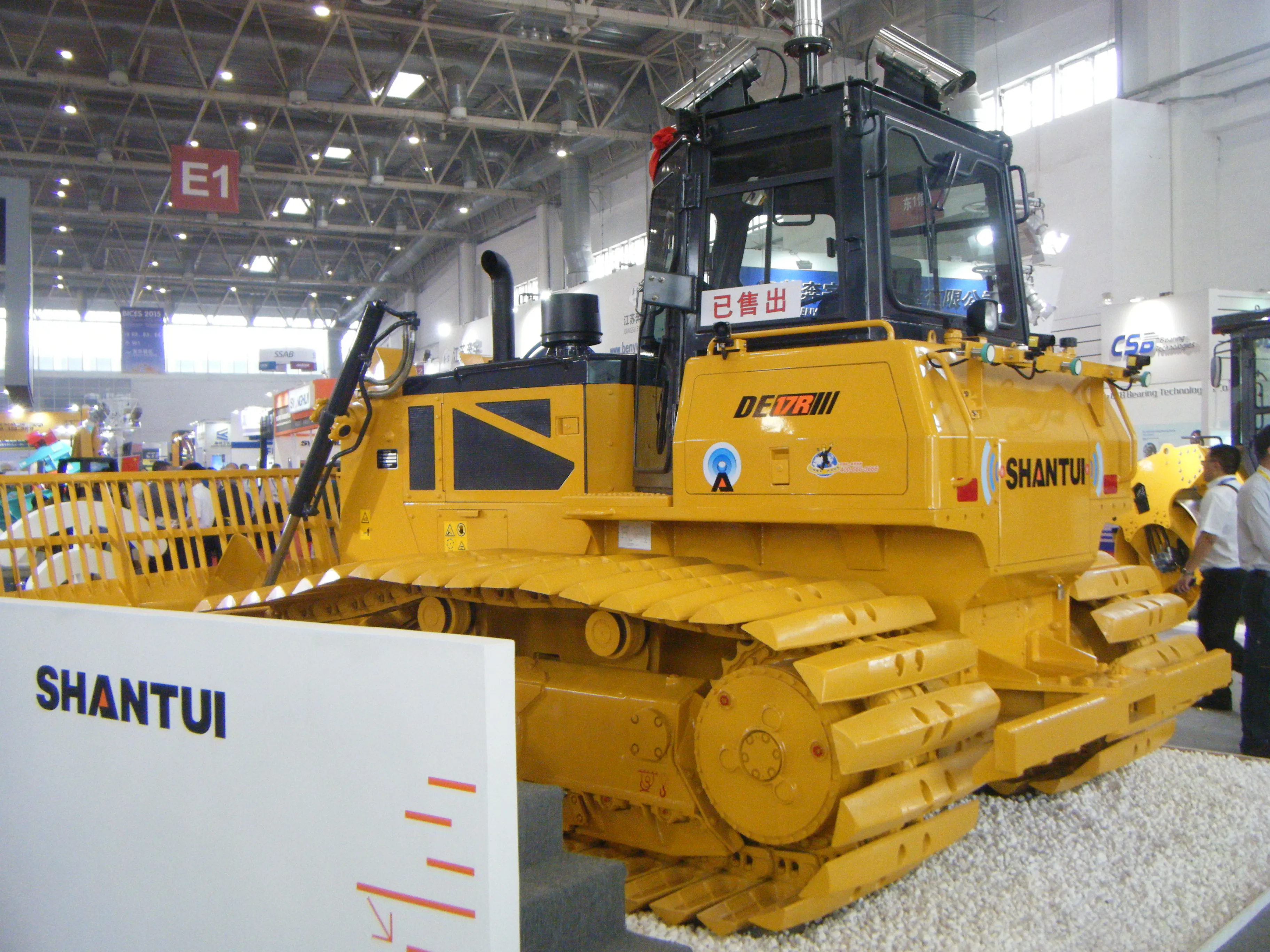The earthmoving machine market is seeing major innovations for 2012 - Mike Woof reports. The early part of 2012 is seeing a whole array of new earthmoving machines come to market from a vast range of manufacturers. Companies from China, Europe, Japan, South Korea, Turkey and the USA will all be unveiling new earthmoving equipment at the upcoming Intermat exhibition, with innovative emission compliant engine and cooling technology.
March 16, 2012
Read time: 5 mins

The earthmoving machine market is seeing major innovations for 2012 - Mike Woof reports
The early part of 2012 is seeing a whole array of new earthmoving machines come to market from a vast range of manufacturers. Companies from China, Europe, Japan, South Korea, Turkey and the USA will all be unveiling new earthmoving equipment at the upcomingThe Tier 4 Interim/Stage IIIB emissions requirements continue to dominate in terms of machine developments, with firms either buying in engines featuring the latest systems from engine suppliers or developing systems themselves. Firms like
The low emissions run hotter and require more cooling, while the requirements have also called for reductions in noise output, so innovative designs have been used to allow more cooling air for engines and turbochargers while cutting sound generated by fans. The aftertreatment packages have also had an impact on machine design, with firms using innovative design processes to ensure that all-round visibility for the operator is retained.
Manufacturers of ADTs, bulldozers, excavators, graders and soil compactors for instance have all had to take note of these changes. The Intermat 2012 exhibition in Paris this April will see the introduction of various new machines for these categories, with the likes of
But the redesigning of machines to meet the emissions requirements in the North American and European markets has been substantial and the cost in terms of research and development has been vast. There is some discontent amongst the manufacturers that the costs are hard to justify, given the comparatively small quantities of exhaust emissions construction machines produce when compared with the vastly more numerous on-road vehicles. And low emission engines built to meet the Tier 4 Interim/Stage IIIB emissions legislation require high quality fuels, with low sulphur content, a fact that will in future restrict sales of these units to developing countries where fuel quality cannot be assured. This will have an impact on the secondhand market for machines.
Another highly visible development in the earthmoving machine market is that of the Chinese firms, which are steadily gaining ground. While their sales into the developed markets of the
It is worth remembering too that 20 years ago, South Korean machines were only newly available outside of the country while Korean manufacturers are now well established worldwide and the products are recognised as being of very high quality. Going a few years further back, Japanese manufacturers were selling their products against entrenched US and European competition.
LiuGong’s closing of its deal for the
Similar changes will be seen in the Dressta products, which have a long track record and are based on the former Dressta designs, themselves evolutions of International Harvester machines. It is true that the Dressta machines have not benefited from the investment in research and development of the equivalent models from the likes of Caterpillar, Komatsu or Liebherr. As a result the Dressta bulldozers do not feature the latest electronic controls or hydraulics as seen on the Caterpillar, Komatsu or Liebherr machines. However, the Dressta range comprises very well proven designs with a good reputation for product quality, providing a sound base for LiuGong to develop. The Chinese firm has the financial resources to invest in research and development and buy in the sophisticated electronics and hydraulics from component suppliers and use these on the well thought of Dressta base machines.
Lastly, it is worth noting also the benefits to working efficiency of using sophisticated machine control technologies. Contractors are now employing this technology in many earthmoving projects as the systems can cut costs and boost productivity. This is a highly competitive market segment, with technology being developed at a fast pace.
Based on a combination of GPS and robot station signals, the latest machine control packages offer high accuracy first time round and a reduction in the need for reworking, making major savings in earthmoving costs. Leica Geosystems, Topcon and Trimble are well established with their respective technologies but MOBA is also now offering its GS-506 and MOBA 3D levelling systems. These can be mounted on dozers, graders and all other types of levelling blades. Using 3D-systems, complex construction plans can be laid out more quickly, while detailed surveying and check measurements during the construction phase are largely unnecessary. This boosts productivity, increases efficiency and cuts error. This system works with GNSS antennas as well as with total stations.









